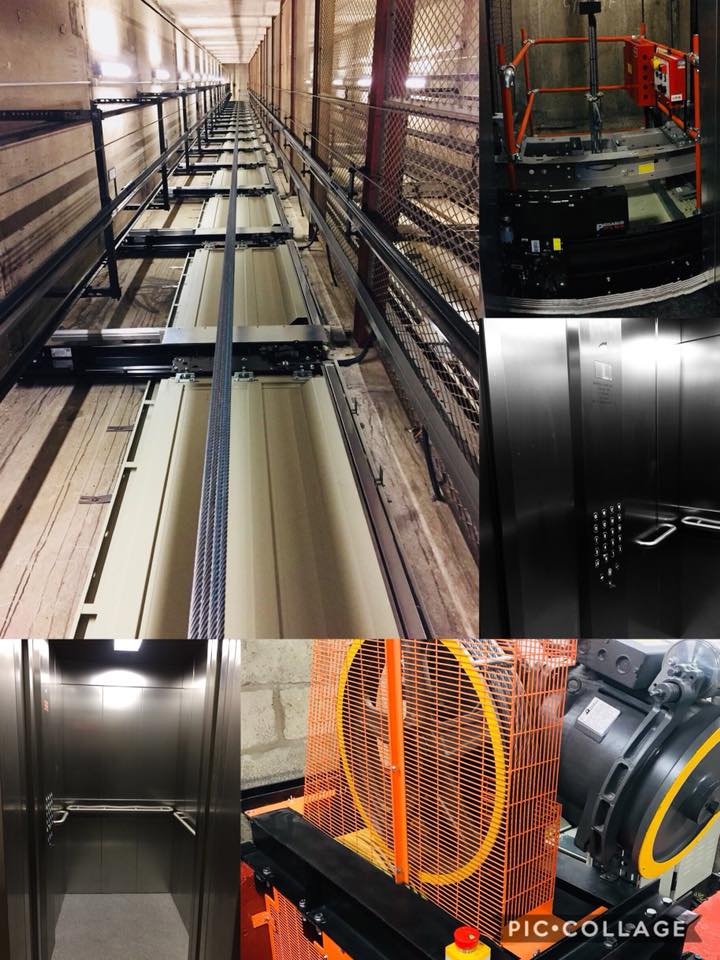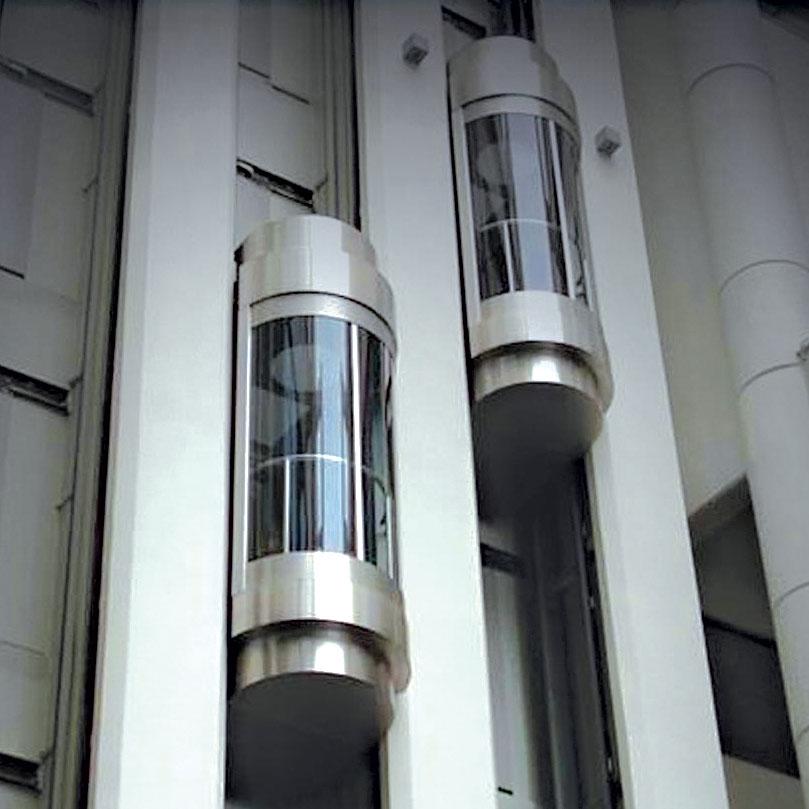Leading Lift Companies in London: Delivering Exceptional Solution and Assistance
Leading Lift Companies in London: Delivering Exceptional Solution and Assistance
Blog Article
Exploring the Globe of Elevators: Common Concerns Dealt With by Various Lift Devices
As we browse through the upright transportation systems of modern structures, lifts stand out as an important component of our day-to-day lives. Nevertheless, behind their seamless procedure lies a globe of complex mechanisms that can occasionally come across challenges. From hydraulic lifts to traction systems and machine-room-less layouts, each lift type comes with its collection of common concerns. Comprehending these obstacles is vital for guaranteeing the smooth performance of these crucial systems. Let's discover the complexities that underlie the procedure of elevators and the potential concerns that can occur, losing light on the complex web of lift devices.
Hydraulic Elevators
Hydraulic elevators, commonly preferred for low-rise buildings, use fluid stress to control the motion of the lift auto (lift repair companies). This mechanism includes a hydraulic pump pressing oil right into a cylinder, causing the elevator to relocate in the wanted direction. While hydraulic elevators are known for their silent and smooth operation, they do include their very own collection of usual issues
One widespread trouble with hydraulic lifts is oil leak. In addition, problems with the control system, such as malfunctioning shutoffs or a malfunctioning pump, can trigger interruptions in the elevator's movement.
Regular upkeep and punctual repair services are necessary to make certain the smooth performance of hydraulic elevators. By addressing these common concerns proactively, structure owners can reduce downtime and ensure the safety and performance of their upright transportation system.
Traction Lifts
When thinking about vertical transport systems in structures, one more common kind apart from hydraulic elevators is the grip elevator. Traction lifts operate using a system of ropes and weights that move the elevator auto by grasping onto the hoist ropes. This mechanism permits for smoother and quicker vertical transport compared to hydraulic systems.
One of the usual problems encountered by grip elevators is rope wear. The consistent motion of the ropes within the grip system can cause tear and wear with time, potentially causing the lift to malfunction or come to be risky for use. Routine evaluations and upkeep of the ropes are important to ensure the lift's proper performance and safety.
An additional problem that traction elevators might come across is associated with the control system. Issues with the control system can bring about problems such as irregular movement, hold-ups in response times, or even full shutdowns. Normal testing and upkeep of the control system are essential to stop such issues and make certain the elevator's dependability.
Machine-Room-Less (MRL) Lifts

Among the essential components of MRL lifts is the small gearless traction equipment that is set up within the hoistway. This device successfully drives the lift cars and truck without the need for cumbersome devices found in typical grip elevators. In addition, MRL elevators typically utilize a counterweight system to stabilize the automobile, further boosting their energy performance.
Despite their advantages, MRL lifts may deal with obstacles associated to repair and maintenance because of the constrained space for devices installment. Ease of access for servicing parts within the shaft can be restricted, requiring specialized training for technicians. Appropriate upkeep schedules and routine assessments are crucial to guarantee the ongoing smooth procedure of MRL lifts.
Overloading and Weight Limit Issues
Are lifts equipped to deal with excess weight lots successfully and securely? Overloading and weight limit problems are important problems in elevator operations. Elevator producers style lifts with certain weight abilities to make certain passenger safety and devices durability. Surpassing these weight restrictions can bring about numerous troubles, consisting of mechanical failings, hold-ups, and security dangers.
When lifts are overwhelmed, it puts excessive pressure on the electric motor, cords, and other components, potentially creating breakdowns or malfunctions. If london lift company they detect excess weight, safety and security systems such as sensors and overload sensing units are in location to prevent lifts from moving. Additionally, going beyond weight limitations can result in increased power usage and wear and tear on the lift system.
To alleviate overloading problems, developing supervisors ought to plainly display weight limits in lifts and enlighten passengers on the significance of adhering to these restrictions - lift repair companies. Regular maintenance lift companies in London checks by certified professionals can additionally assist make certain that elevators are running within safe weight criteria. By dealing with overloading and weight restriction issues proactively, structure proprietors can improve lift safety and effectiveness
Electric System Failures
Exceeding weight limitations in elevators can not only lead to mechanical problems however additionally possibly add to electrical system failures within the lift infrastructure. Electrical system failures are an important problem in elevator operation, as they can cause unexpected shutdowns, malfunctions, or even safety risks.
Routine upkeep and assessments are important to identify and attend to potential electric problems immediately, ensuring the safe and reliable procedure of elevator systems. By adhering to weight limitations and conducting regular electrical system checks, building proprietors can reduce the threat of electrical failings in lifts.
Final Thought

Hydraulic elevators, usually liked for low-rise buildings, make use of fluid pressure to regulate the motion of the lift cars and truck.When considering upright transportation systems in structures, one more usual kind apart from hydraulic elevators is the traction lift. Traction elevators run utilizing a system of ropes and weights that move the elevator cars and truck by gripping onto the hoist ropes. Unlike conventional lifts that call for a separate device area to house the equipment, MRL elevators integrate many of the parts within the shaft, eliminating the requirement for a specialized maker area.In verdict, elevators face typical issues such as hydraulic breakdowns, grip system failures, and electrical system troubles.
Report this page